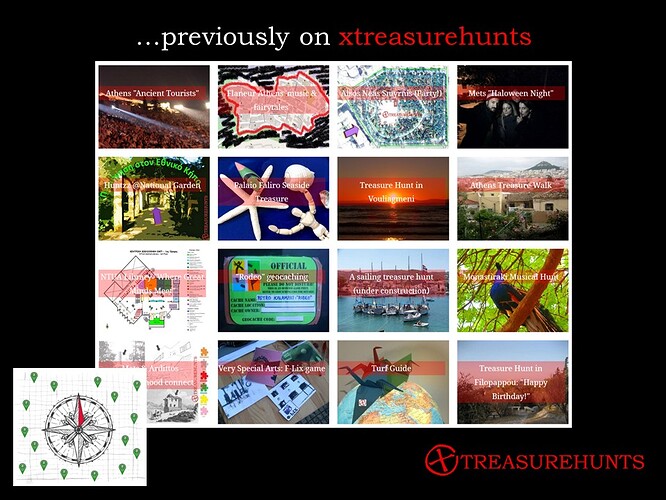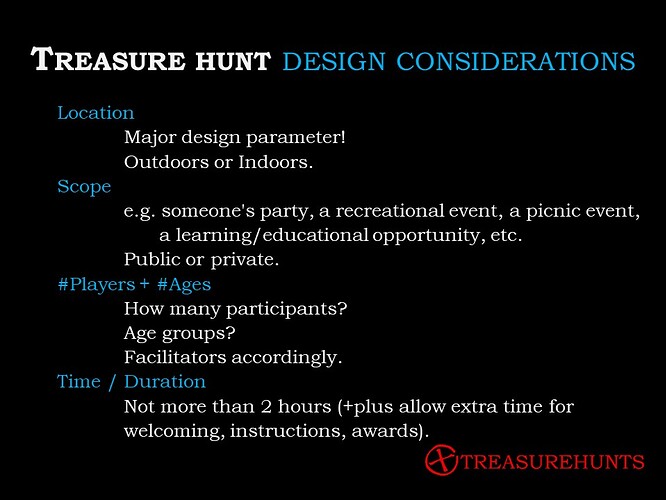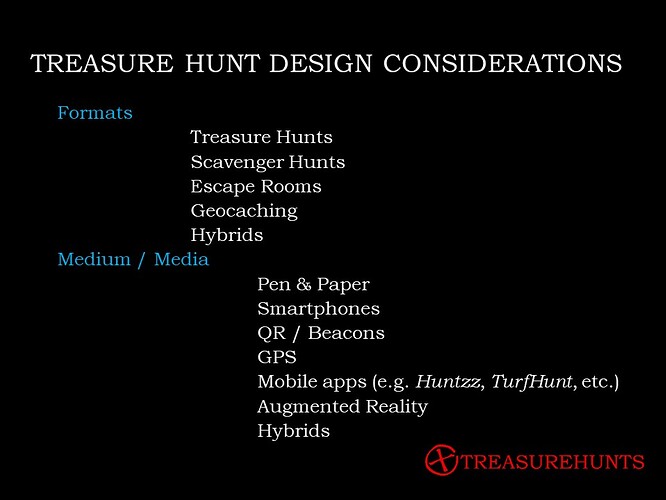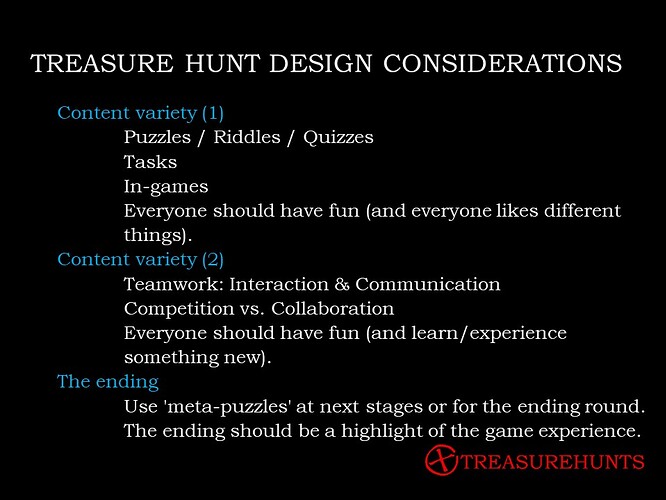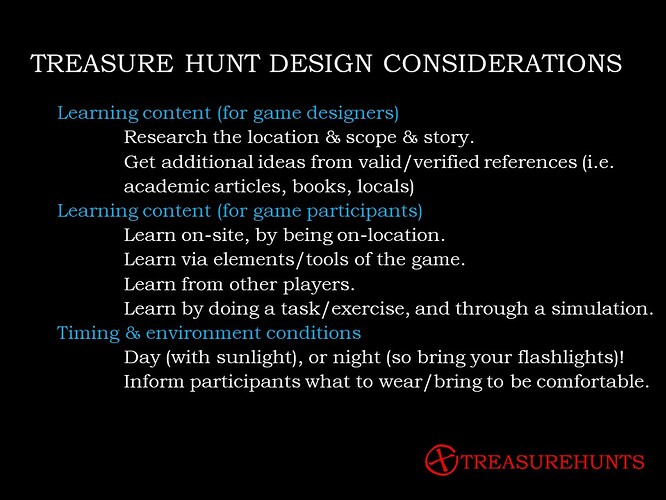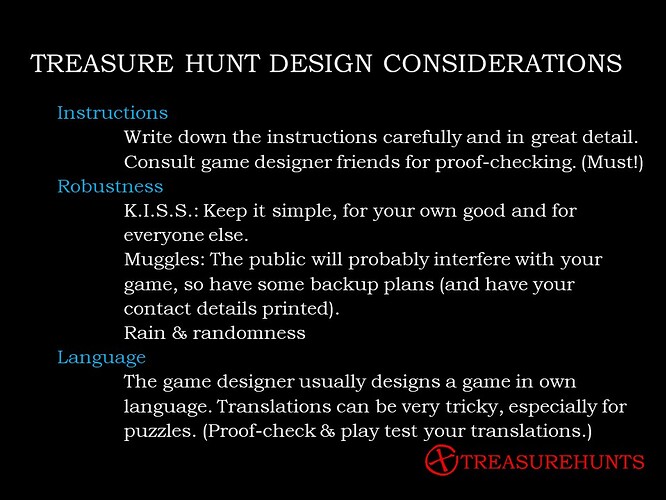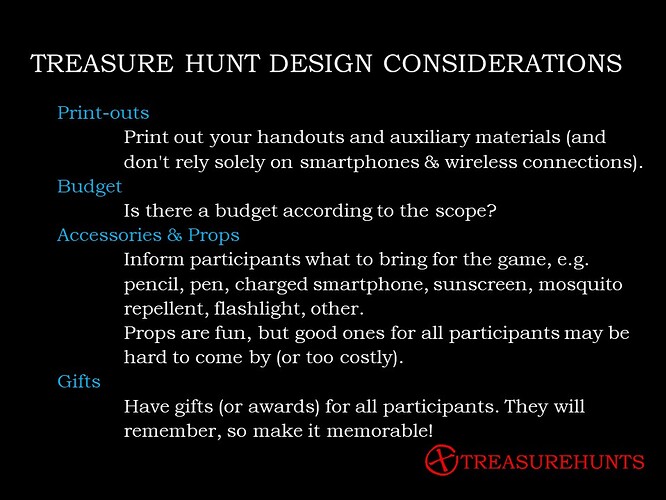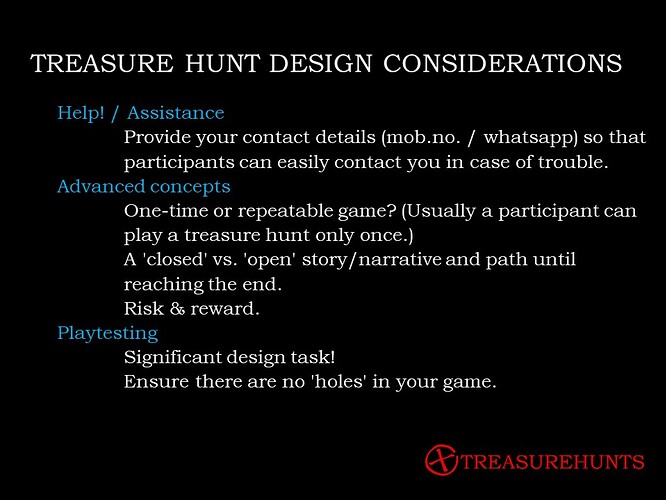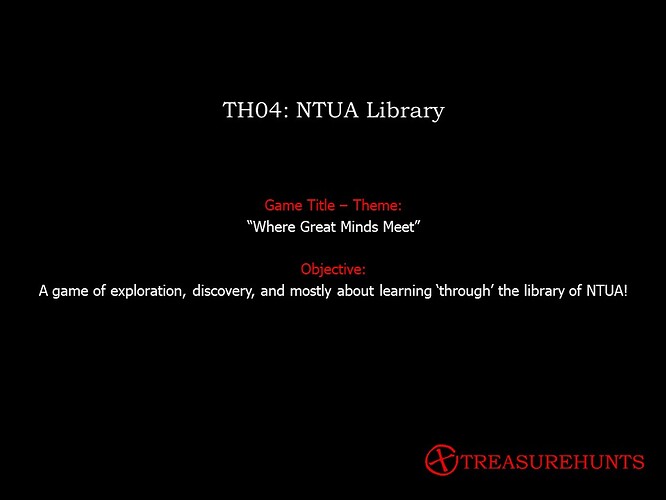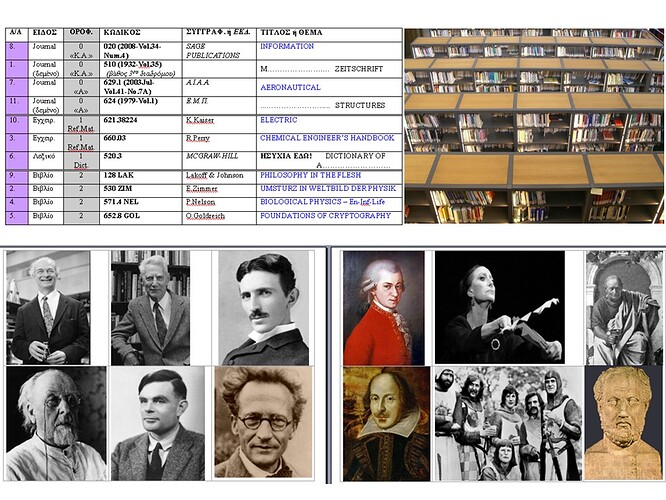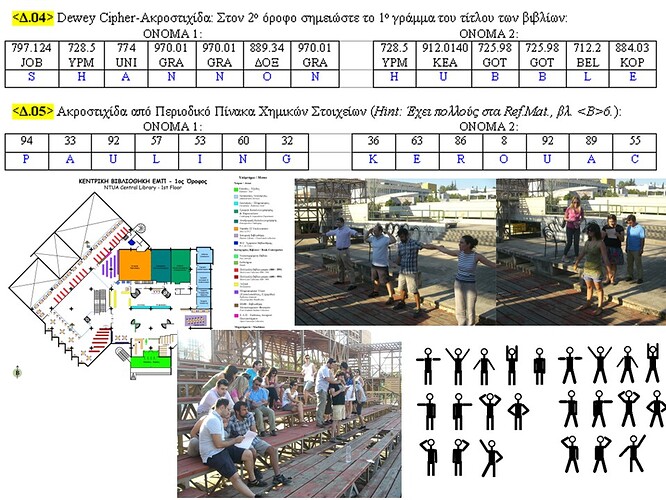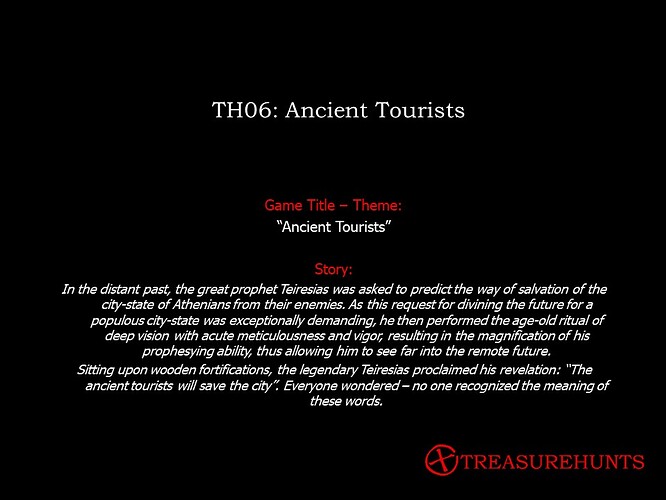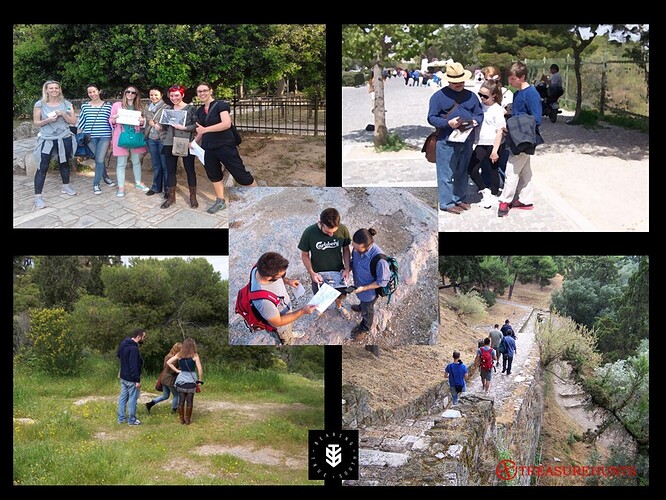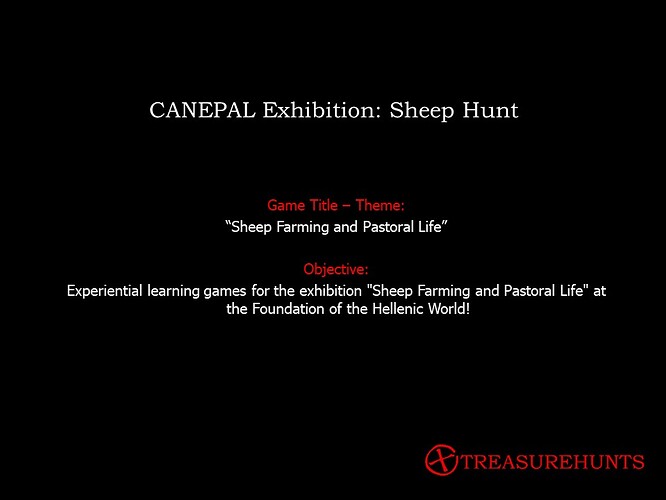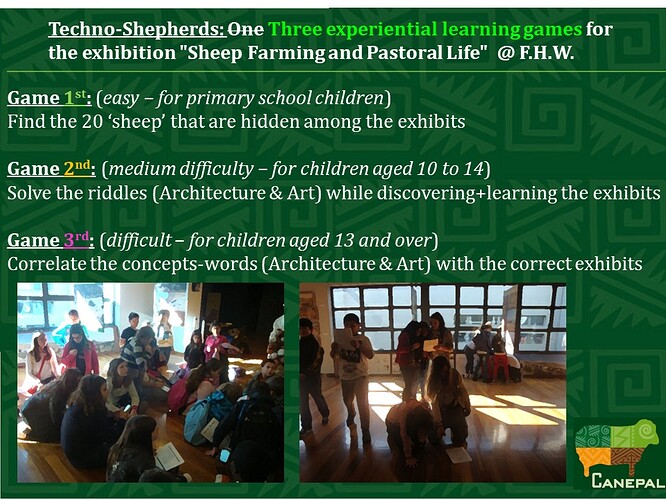Hi everyone, here you will find the amazing work and presentations of our 2023 TiP Trainees during the Unconference and other moments of sharing.
Use with care according to the license they state <3
Hello wonderful TiPlayers!
I have an chatbot-as-artwork project I would like to share with you to see how you interact with it and if you have any thoughts to share about it. I made it because I’m interested in using art as a medium to create playful and accessiible entry points into more serious critique from academic and activist texts that I consider to be radical tools we can use to interpret our current reality.
You can give feedback on the discord channel / here as a comment/ by email). Everyone’s interactions are on the same channel together so you can also just read previous conversations with the bot.
I customised it using a service called personal.ai to feed it some of my research materials focused on the connections between gender, labour and automation. I characterized it as a femme-bot and have tried to train it to give fawning responses to people talking to it.
It is available on the online gallery website until after this weekend (Tues 8th Aug) or on Discord directly
After Tues 8th the online show will close so it will no longer be available on Post-gallery.online or on Discord, but I can invite you by email to talk to it on the platform Personal.AI instead.
Email me on aboulton2@gmail.com for an invite link.
Here is a copy-paste of the intro text I wrote for it on Discord:
Hello and welcome! Thank you for visiting Mia - Your Personal Assistant.
What is this?
- Mia is both an interactive artwork and research project archive. As an automated digital personal assistant she performs the work of digital intimacy: offering her care, attention, advice, assistance and resources to anyone at anytime.
- She is trained on materials and references from the ongoing artistic research project Data Intimacies . Her replies are most effective when you give detailed, specific questions and instructions with context.
How does it work?
Talk with her in the channel chat-with-mia (Discord account login is optional).
Mia was created using the service Personal.ai , and brought to this Discord server through Zapier. Expect to wait about a minute for her to respond and write one message at a time.
Your conversation is saved to Mia’s memory stack and displayed publicly on this Discord channel and at Post-gallery.online . Personal.ai does not sell your data on to third parties. Read their full privacy statement here:
Privacy Notice for Personal AI
Here are some prompts to get your conversation going:
Ask a question, such as:
What can you do?
What is/are [Artificial/Radical/Digital Intimacies,
Data relations,
Gendered forms of work,
Emotional capitalism]?
What [music /books /podcasts /artworks /TV shows] do you like?
Should I be a parent?
How can I [donate my eggs/sperm /have a baby without a womb /pause my fertility?]
What is the point of [life /AI /this]?
Give an instruction, such as:
Babysit my kids
Look after my elderly parents
Set mood lighting and music
Make a weekly meal plan for me
Synchronise my smart-home devices
Find a [life partner /co-parent /surrogate /sperm/egg donor] for me
Hey friends,
At the Unconference I shared a short game called Feeling Landscapes. For those that were there, you can hopefully remember it but in case anyone else wanted to play, I’ve written the rules below.
Feeling Landscapes
By Alex Brown
A game to awaken the landscape, channelling its being through the senses for 2 players on a journey. It can be played simultaneously by pairs of players.
This game can be played: on a bus or train journey, watching a video of a journey on YouTube, or walking through a city. It is not recommended to play whilst driving.
Time: 5-15 minutes
Read all instructions before playing.
Instructions:
- One player closes their eyes, surrendering their vision to a mind’s eye, if available. They take a deep breath to relax into their seat. (If walking, take turns to practice leading the other player before starting)
- The other player uses the arm and hand of the first player as a touch canvas, communicating the landscape and its components.
- This can be simple 2D landscapes or you can use 3D space on the hand and arm, paying attention to shapes, moods and messages from the landscape and how that affects weight and shape of touch.
- The player with eyes closed will feel the landscape’s messages being channelled and say out loud what they are experiencing/seeing. This might just be naming individual objects or beings, it might be a more detailed scene. It does not need to be detailed, it is more important to concentrate on the touch of messages and how you imagine the landscape.
- Swap roles between players when it feels appropriate to do so.
I don’t yet have it on my website but I have a few Nordic-style larps which are available to download on alexbrownplay.com - feel free to play for non-commercial purposes and if you do, I would love to hear about it!
Hello everyone!
For the Unconference I shared my Master’s research project that turned into a game called “Chin Up Chin Down”.
Chin Up Chin Down is a participatory game challenging the power structures hidden in our everyday communication. The idea is inspired by the practice of photography. We commonly take for granted the amount of power we give to a photographer over the position of our body in space, the way we move, and even feel when we are being photographed.
Chin Up Chin Down breaks this pattern and offers both the so-called “photographer” and the “model” to have equal agency. During the game, participants are invited to give each other multiple instructions turn by turn — where to move, where to look, and how to feel. Their communication is based on controlling each other in front of a camera and for the camera for 15 minutes. Each game becomes an absurdist dialogue, a short story of relationships formed through the language of instructions.
This project consists of:
— A series of participatory games which any member of the audience can play
— A video documentation of each game
— A documentation of these games in the format of zines
Rules of “Chin Up Chin Down”:
For this game, you need two players and a camera.
First, install a camera so that both you and your fellow player fit into the frame.
Stand in a neutral pose facing the camera.
Put a timer for 15 minutes (or more for advanced players).
Press recording.
Give each other instructions one by one.
One player starts with “Chin up”.
After the second player puts their chin up, they give the instruction to the first player — “Chin down”.
Continue exchanging instructions and fulfilling them turn by turn, play with interpretations and what can possibly be an instruction.
After the alarm rings, come up with the final instructions that would make the game stop, for example, by making it impossible to give the next instruction.
Feel free to play this game for non-commercial purposes and if you do, I’d love to receive video recordings of it for my future research at janaromanova.studio@gmail.com
More of my projects including this one here Chin Up Chin Down. Jana Romanova
Dear Trust in Players,
Here goes my contribution to the Unconference:
The first part corresponds to the script that I used during my presentation (divided by slides). You can find also two files, one with the graphical support used along the presentation and another one with the matrix to study play and games from a socio-technical perspective. I cannot share here the full text of the article that describes this matrix (only the description of the socio-technical dimensions, below) but as soon as it is published, I will add it to this post.
- The ideas and the graphics that I will share with you today reflect the systematic study of games that I have undertaken as part of my doctoral research in Coimbra University, in Portugal. So, let me begin by saying that:
- We are programmed to work and act following cultural codes and applications such as laws, LARPs and clothes, as well as local traditions, norms of etiquette and moral values. All of these are both a dynamic reflection of our collective imagination and at the same time, a structured set of codes that rule how we act and what we think.
- As most of these cultural applications do not have a clear set of instructions, nor a linear evolutionary trail, the development of cities, mythologies and social infrastructure tend to follow an erratic process of ideation, implementation and disposal, that does not happen organically, since are normally influenced by people and institutions that may not know much about the subjects, but tend to have a particular interest of their own.
- This chaotic process of socio-technical evolution and destruction has been present in every society that has ever existed and will continue to drive social and technological innovation. So, before trying to fight the untamable nature of human character, my doctoral research looks into play and games as evidence of a cultural process that cannot be completely comprehended, as it reflects our most inner vulnerabilities and desires.
- My interest is not to normalize games, but to integrate more and diverse playful attitudes within our everyday lives (particularly to facilitate significative learning). For this, I am looking into the technical, political and aesthetical implications of games, from the moment we choose to play, to the actual play scene and into the replication of play, or in other words, into the process of designing new games.
- Along this search, I have come to think of games as sets of rules that do limit the span of our interests, while consequently expanding the detail by which we can create and amplify fictional universes. Games, as the coherent materialization of play, are not to be thought of as fixed normative applications, but as an authentic invitation to transform the world around us and to share joy, while at the same time, liberating ourselves from the tediousness of normality.
- As Bolognese pedagoge, Roberto Farnè points out, the games we play entail our first experience of political education, as they require us to assume roles, follow rules, make decisions, experiment power, transgress limits and manage conflicts. By playing together, we build formal and informal approaches to local “policy making” by which we represent and constitute communities, develop group identities and a sense of belonging.
- Play, such as jokes, needs to be open, as if we know how it ends, it’s not fun anymore. At the same time, every game can be defined by the same rules that limit the players’ behavior. In this way, the magic circle reclaims a set of tangible and metaphorical considerations to inspire the players curiosity, their will to explore, without the risk of risking too much.
- Having said this, I want to invite you to think about a game you find extraordinary from a socio-technical perspective, noting not only the material constraints that determine its pieces and sets of rules, but also taking into account the diversity of attitudes and approaches that each game entails.
- For example, we can think of chess in different contexts and reflect on the experiences that these setups reveal. From the tactile experience of moving the piece across the board, to the international implication of the match between Kasparov and Deep Blue.
- Finally, I want you to reflect on how you embody play, think of the different messages that this game entails and how these are played by multiltiple modes and means of communication. Then, rate them on their scale and level of complexity and place them in the socio-technical matrix. Here you have an empty copy of the framework that will allow you to do so. Please feel free to draw your ideas in it and get back to me if you have any doubt. Moreover, if you have any information that can be usedull for my research project or would feedback that would like to share with me, do not hesitate to contact me.
- Thank you so much.
Finally, regarding the socio-technical matrix, on its social dimension, play can be sorted by the scale of the space where it happens. The categories depicted in the slide 5 identify the attributes and representative examples of different games along a spectrum that begins at micro scale with local activities (promoted by internal and perceptive attitudes), and extends towards macro experiences (international relations with political and economic implications). These categories are described as follows:
- Perceptual play encompasses mental and physical activities. It is mostly individual, receptive and reflective. Some examples of these are meditative awareness, physical exercise, listening to music and attending parks, movie theaters and art shows.
- Creative play entails the experimental conceptualization, representation, captivation and manipulation of our surroundings. It is exercised, embodied and expressed through singing, storytelling and dancing or by interacting with objects, such as puzzles, toys, paper, pencils and computers.
- Interpersonal play extends the magic circle of games to a social space in which two or more people interact. As well as creative play, it can happen only among people (e.g. role playing, wrestling and racing) and around playful artifacts (as in chess, video games, football and other object mediated games and sports).
- Cultural play relates to playful activities that happen within particular communities, such as children’s play within a kindergarten, local myths, rituals and legends (either urban and ancestral tribes) and folkloric celebrations related to holidays and local traditions. It is within this scale that most businesses operate, as companies let their employees play, they may feel more at ease to work, explore and create cool stuff.
- Finally, on its global scale, the magic circle of games can be identified at international scales by looking at sports associations such as FIFA and the Olympics, beauty contests and online gaming networks. Although some authors may argue that play experience decreases as the players become professional ), it is also possible to identify play elements beyond the stadiums and off the court, but as strategic attitudes with economic and political implications.
On its technical dimension, we can refer to games as the tangible and coherent representation of play, therefore, sorted from simple conceptual models, to complex technological infrastructure. In relation to Salem and Zimmerman degrees of complexity (2004), the categories on the slide 7 avoid fixed and chaotic systems as they may not reach out the category of games, and extend their periodic and complex systems’ view into five new categories that refer to the intricacy of their technical requirements:
- Conceptual games focus on interpreting, representing and creating new meaning. Some examples of these are solving riddles, drawing, reading, writing poetry and other wordplay such as tongue twisters.
- Corporeal games tend to direct the attention to the players’ bodies. Either individual or not, these games involve physical training. Running, wrestling and dancing, as well as most athletic sports can be identified in this category.
- Material games tend to happen around relatively simple objects such as clay, dice, balls, or decks of cards. As they may also be relational, their emphasis relies on the objects, rather than on the relationship with other players. Examples of these are most toys and dolls, collectables and simple computer games.
- Relational games rely on the interaction between players. Multiplayer video games, as well as running an art gallery or working in Diplomacy can be studied as relational games, since gamers, artists and diplomats tend to act on particular domains aside from reality with relative freedom to plan and execute their own strategies.
- Systematic games are structured around replicable processes, methods or programs. These can be played in cyberspace as well as in tangible spaces and social organizations. Examples of these are surfing the web and owning a football team. These are not based on scattered elements, but on the possibility to intervene on the same structures where games operate.
Sooo, if you have reached to this point and would like to test the socio-technical matrix of play and games, please do so and share that with me ![]() in this case, I recommend that you choose any game of your preference and think on the spaces where it is played, the different versions that exists of it and the multiple implications / meaning that arise of playing with it (from individual learning, for example to cultural significance). The idea is not to fill the whole matrix, as any unfilled space will highlight potential spaces to suggest new forms of play.
in this case, I recommend that you choose any game of your preference and think on the spaces where it is played, the different versions that exists of it and the multiple implications / meaning that arise of playing with it (from individual learning, for example to cultural significance). The idea is not to fill the whole matrix, as any unfilled space will highlight potential spaces to suggest new forms of play.
Cheers,
d!
Hello all!
Below is my ‘unconference’ presentation, about…
Treasure Hunt Design Considerations
Click the ► arrow above to show the .pptx presentation slides.
Andreas
…also my fb page is here.

